Iranian (Persian) & Macedonian (Greek) Invasion
Persian Invasion (550 BC)
- Contemporary to reign of Bimbisara, Persian attacked N-W front of India & Magadha continued to rise in N-E & Central-north in India.
- In N-W front of India, several small provinces like Kamboja, Gandhara & Madra did not have a political unity & continuously fought with each other.
- Archaemadian ruler of Iran, Cyprus took advantage of this political disunity & invaded west front of India.
- All Indian tribes west of Indus River submitted to him including Gandhar
- Darius 1, Grandson of Cyprus conquered Indus valley as a whole & annexed Punjab & Sindh (N W India)
- Xerxes, Successor of Darius, employed Indian infantry & cavalry in war against Greece but got defeated & hence could not move forward in India. However, control of Persians over India slackened only after Alexander’s invasion on India.
Effects of Persian Invasion
- Impetus to Indo Iranian commerce & trade, which finally became the ground for Alexander’s invasion
- Use of Kharoshti script bought by Iranian gain popularity in N-W India & some inscription of Ashoka (250 BC) are written in this language (derived from Aramaic script, written from right to left)
- Influence of Persian art in India, particularly monolithic pillars, & sculptures found on them along with inscriptions.
Also read: Jainism & Buddhism , Mahajanapadas Rise of Magadha & Mayuran Empire 321-184 – B.C.
Alexander’s Invasion (327 BC)
After 2 centuries of Persian invasion, Alexander from Macedonia invaded India. Alexander conquered minor Asia along with Iraq & Iran and from Iran he marched into India.
- Alexander conquered whole of Persia by defeating Darius 3 in battle of Arabela (330 BC).
- Herodotus, Father of history, wrote that fabulous wealth of India attracted Alexander & moreover his interest in Geographical enquiry & love of natural history urged him to invade India
- Alexander believed that on eastern side of India lies continuation of the sea & hence by conquering India, he would conquer eastern boundary of the world.
- After conquest of Iran, he marched into India through Khyber Pass 327 BC & crossed Indus in 326 BC.
- Ambhi, the ruler of taxila readily submitted to him but Porus whose kingdom lay between Jhelum & Chenab refused to submit to Alexander
Advertisement: World’s fastest hosting – secure, reliable, limited-time offer! Click now!
Battle of Hydaspes (Jhelum)
- Although Porus had a vast army & fought bravely, but he lost to Alexander
- Alexander, impressed by the bravery of Indian prince reinstated him to his throne and made him his ally.
- Then he advanced as far as river Beas, he wanted to move further but war weary, diseased, Hot weather of India & 10 year of continuous fighting led to the refusal of Greek soldiers to move further (Refusal also came because of the enormous power of Nandas of Magadha).
- Hence, Alexander divided his conquered territories into 3 Parts & placed them under 3 Greek governors.
Effect of Alexander’s Invasion
- 1st contact b/w Europe & India paved the way for increased trade & commerce
- Encouraged political unification of India under Mauryas
Alexander’s authority in Indus valley was short lived because of expansion of Mauryan Empire under Chandragupta maurya.
✅ 5 Key Points – Iranian & Macedonian Invasions:
-
Iranian Invasion (6th Century BCE):
Under Darius I, parts of northwestern India (Punjab and Sindh) were annexed into the Achaemenid Empirearound 518 BCE. -
Administrative Influence:
The Persians introduced satrapy (provincial governance), efficient tax systems, and communication networks, influencing later Indian administrative systems. -
Alexander’s Invasion (326 BCE):
Alexander the Great invaded India through the Khyber Pass, defeating King Porus at the Battle of the Hydaspes (Jhelum). -
Cultural and Trade Exchange:
Indo-Greek contact began, fostering Hellenistic influence in Indian art (Gandhara School), coinage, and astronomy. -
Political Vacuum & Rise of Mauryas:
After Alexander’s retreat and the weakening of local rulers, Chandragupta Maurya seized the opportunity to establish the Maurya Empire, unifying much of India.
For more updates, explore the IR & Security Category. Feel free to share your thoughts and comments
If you’re passionate about building a successful blogging website, check out this helpful guide at Coding Tag – How to Start a Successful Blog. It offers practical steps and expert tips to kickstart your blogging journey!

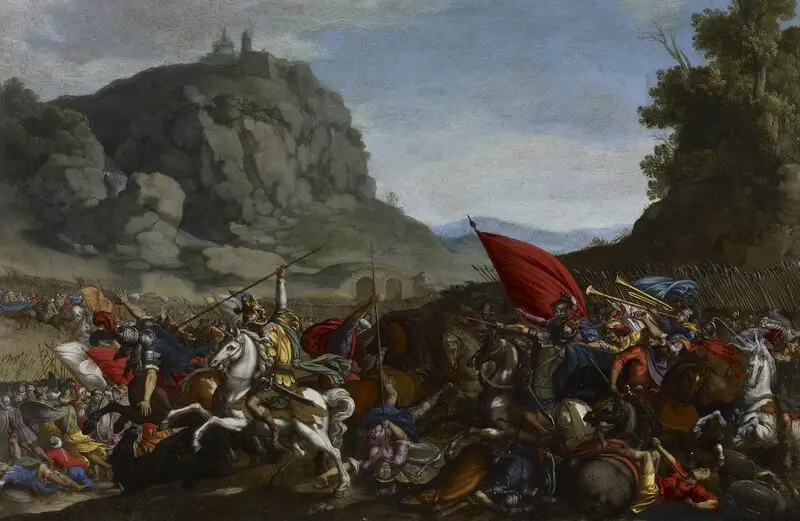
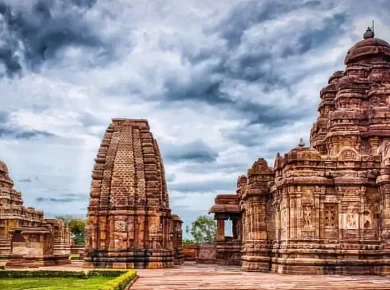
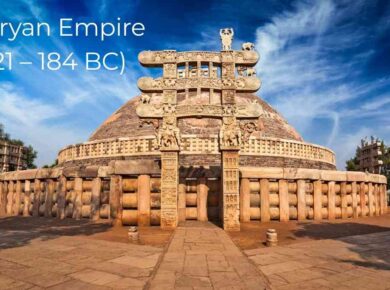
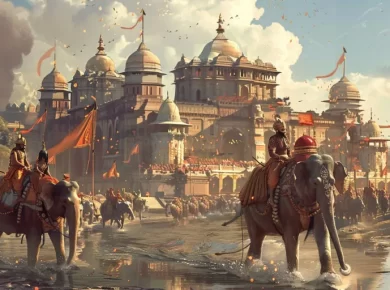
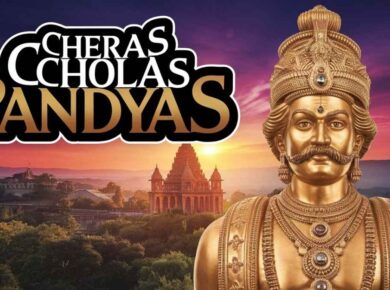


1 comment
Summarizing TamilNadu State Board +1 +2 books now easier when I found your posts.Thanks a lot.